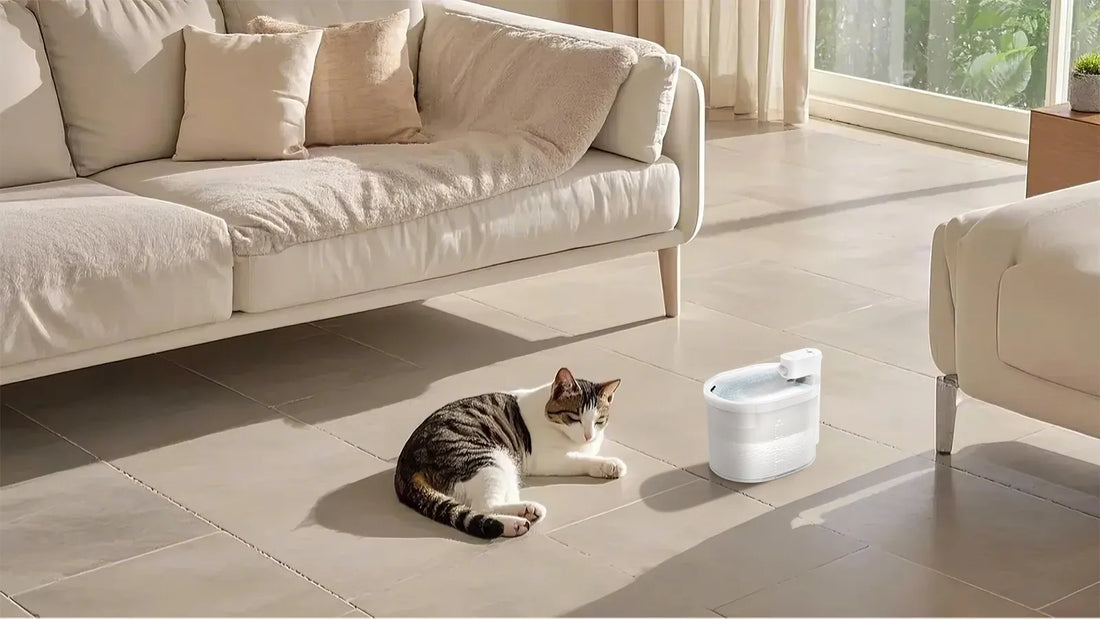If you've ever walked into your kitchen to find your dog's food bowl flipped over and kibble scattered across the floor, you're not alone. Many dog owners have wondered, 'Why is my dog tipping over their food bowl?' This seemingly odd behavior can be both frustrating and puzzling. However, understanding the underlying reasons can help you address the issue and ensure your furry friend is happy and well-fed.
Exploring the Reasons Behind the Behavior
Dogs tipping over their food bowls can be attributed to a variety of factors, ranging from instinctual behaviors to environmental influences. Let's delve into some of the most common reasons:
1. Instinctual Foraging Behavior
In the wild, dogs and their ancestors would forage for food, often digging and flipping over objects to access hidden meals. This instinctual behavior can carry over into domestic settings, where your dog might tip over their bowl to mimic foraging.
2. Playfulness and Curiosity
Dogs are naturally curious and playful creatures. Tipping over their food bowl might simply be a way for them to entertain themselves or explore their surroundings. This is especially common in puppies or younger dogs who are still learning about their environment.
3. Discomfort or Anxiety
Sometimes, tipping over the food bowl can be a sign of discomfort or anxiety. If your dog feels stressed or uneasy during meal times, they might express this by flipping their bowl. This could be due to changes in their environment, the presence of other pets, or even the type of bowl being used.
4. Seeking Attention
Dogs are social animals and often seek attention from their owners. If your dog notices that tipping over their bowl gets a reaction from you, they might continue the behavior as a way to engage with you.
5. Bowl Design or Placement
The design or placement of the food bowl can also play a role. If the bowl is too lightweight or unstable, it's easier for your dog to tip it over. Additionally, placing the bowl on an uneven surface can encourage this behavior.
How to Address the Behavior
Now that we've explored the reasons behind your dog's behavior, let's discuss some practical steps you can take to address it:
1. Choose a Heavier or Non-Slip Bowl
Opt for a heavier bowl or one with a non-slip base to make it more difficult for your dog to tip over. This can help reduce the likelihood of the behavior occurring.
2. Create a Calm Feeding Environment
Ensure that your dog's feeding area is calm and free from distractions. This can help reduce any anxiety or stress they might feel during meal times.
3. Provide Mental Stimulation
Engage your dog in activities that provide mental stimulation, such as puzzle toys or interactive feeders. This can help satisfy their instinctual foraging behavior and reduce the urge to tip over their bowl.
4. Reinforce Positive Behavior
Reward your dog for positive behavior during meal times. If they eat calmly without tipping over their bowl, offer praise or a small treat to reinforce this behavior.
5. Monitor and Adjust
Keep an eye on your dog's behavior and make adjustments as needed. If you notice that certain factors, such as the type of bowl or feeding schedule, are contributing to the behavior, try making changes to see if it helps.
When to Seek Professional Help
If your dog's behavior persists despite your efforts, it might be time to seek professional help. A veterinarian or animal behaviorist can provide valuable insights and recommend strategies tailored to your dog's specific needs. They can also rule out any underlying medical issues that might be contributing to the behavior.
Understanding why your dog is tipping over their food bowl is the first step toward addressing the behavior. By exploring the reasons behind it and implementing practical solutions, you can help ensure that meal times are a positive experience for both you and your furry friend. Remember, patience and consistency are key when working with your dog to modify their behavior.
So, the next time you find kibble scattered across your kitchen floor, take a moment to consider what might be driving your dog's actions. With the right approach, you can turn this frustrating habit into an opportunity to better understand and connect with your canine companion.













